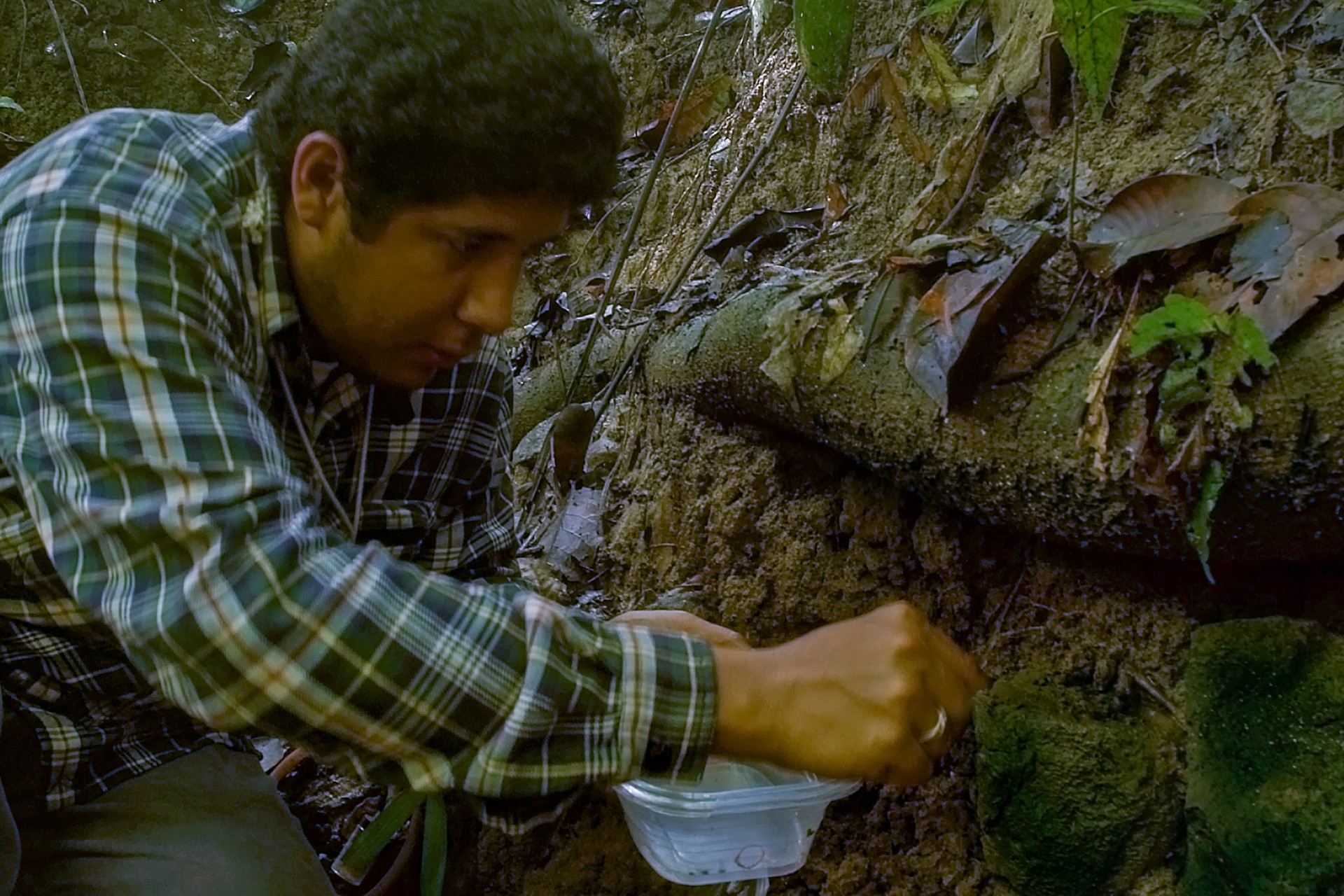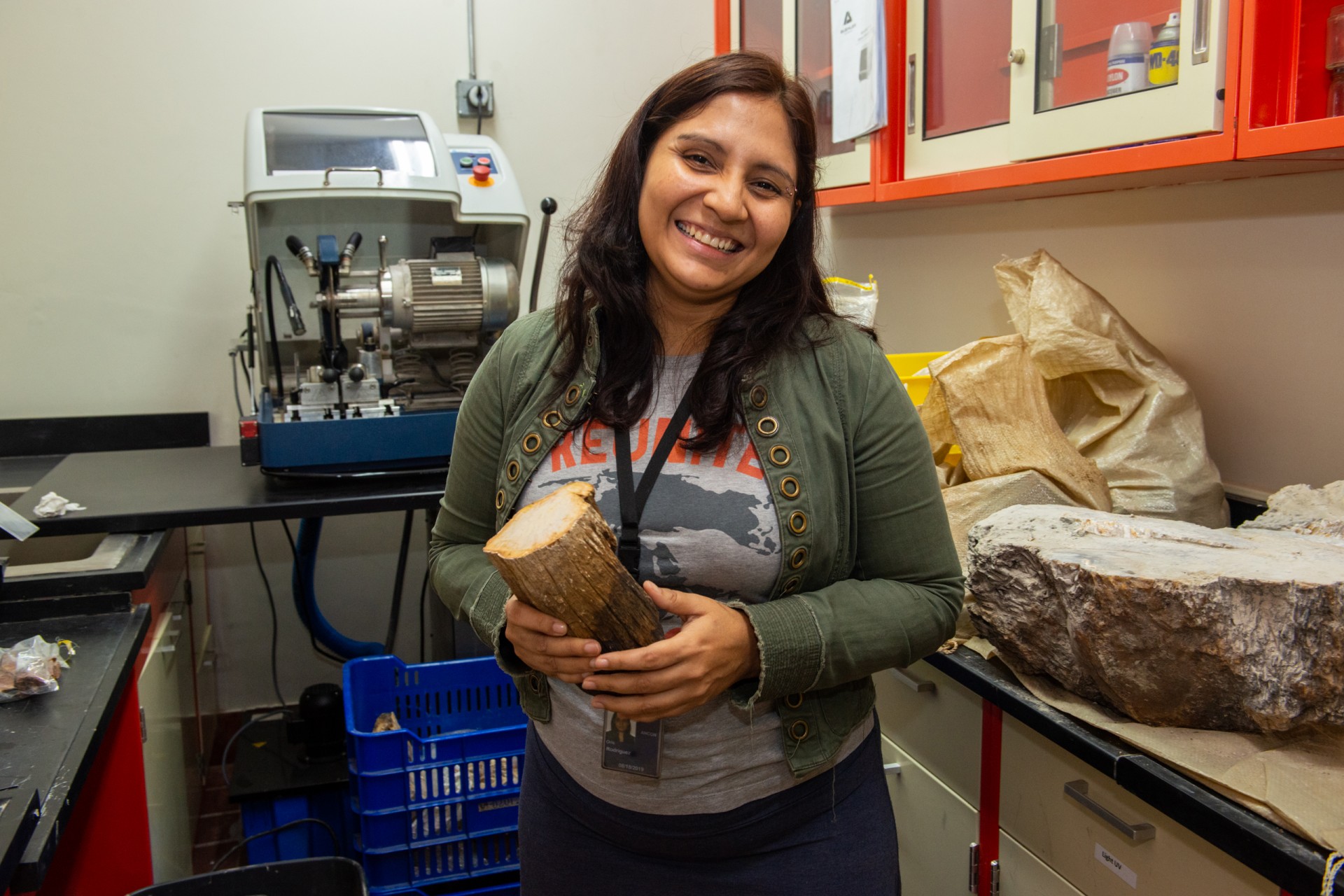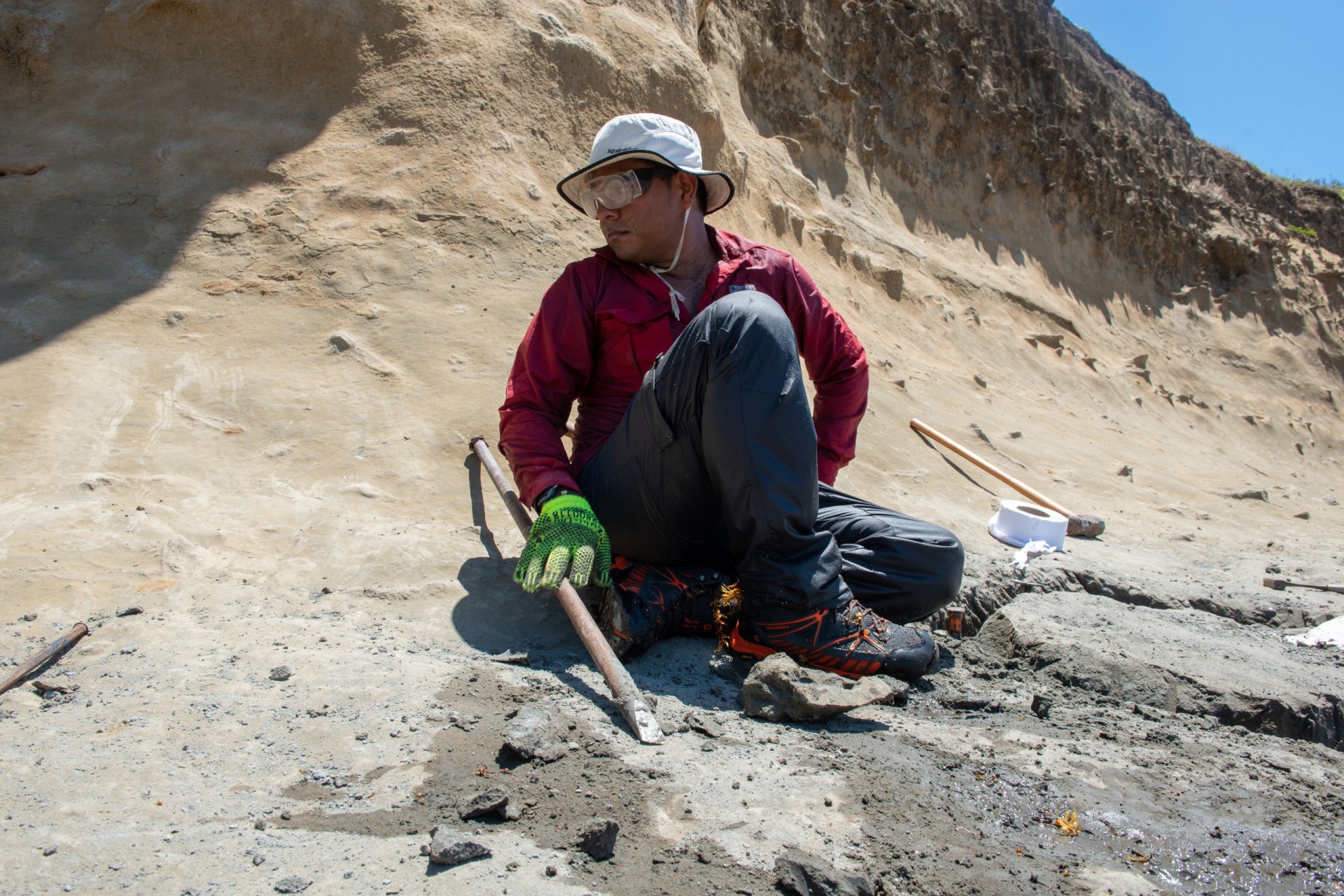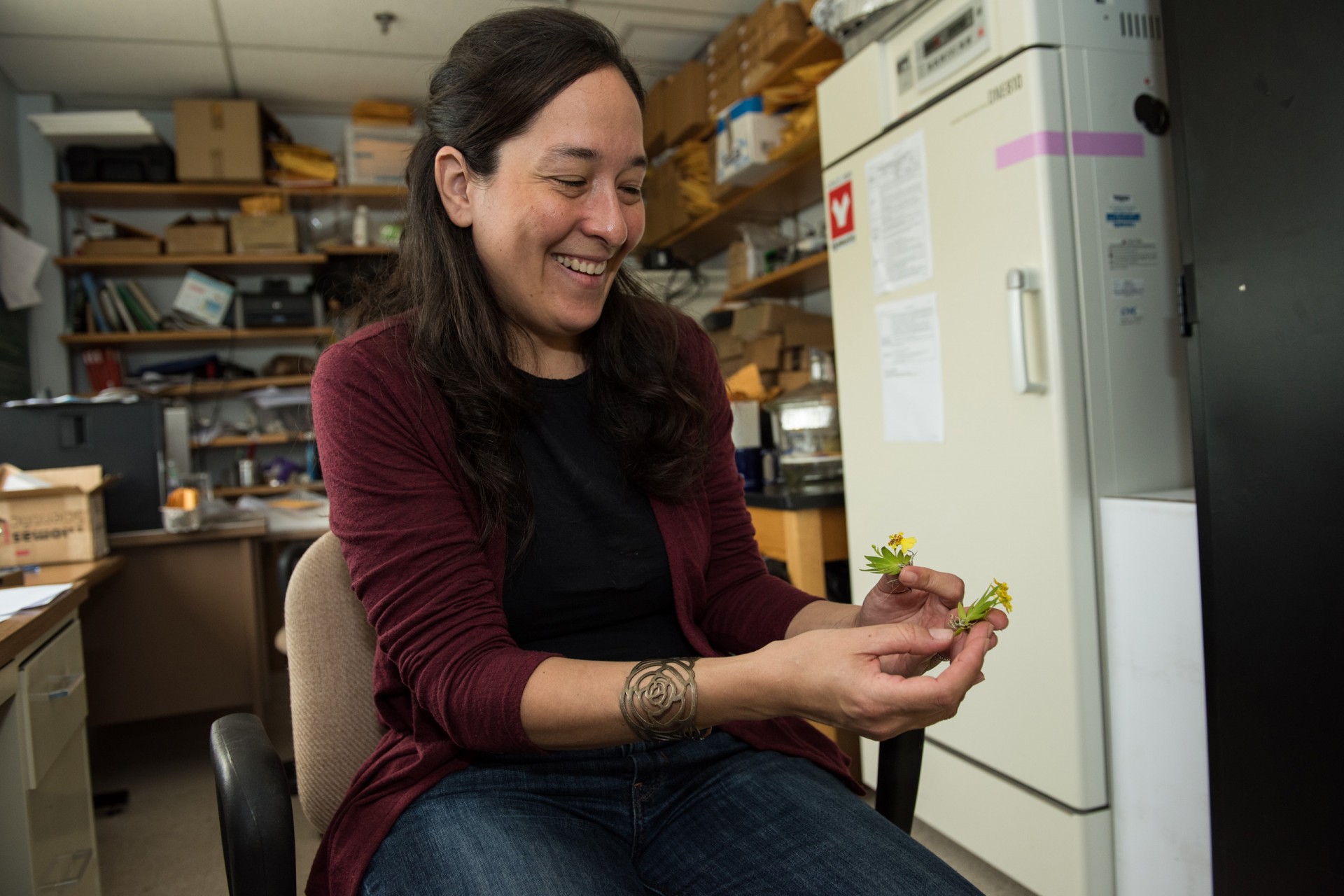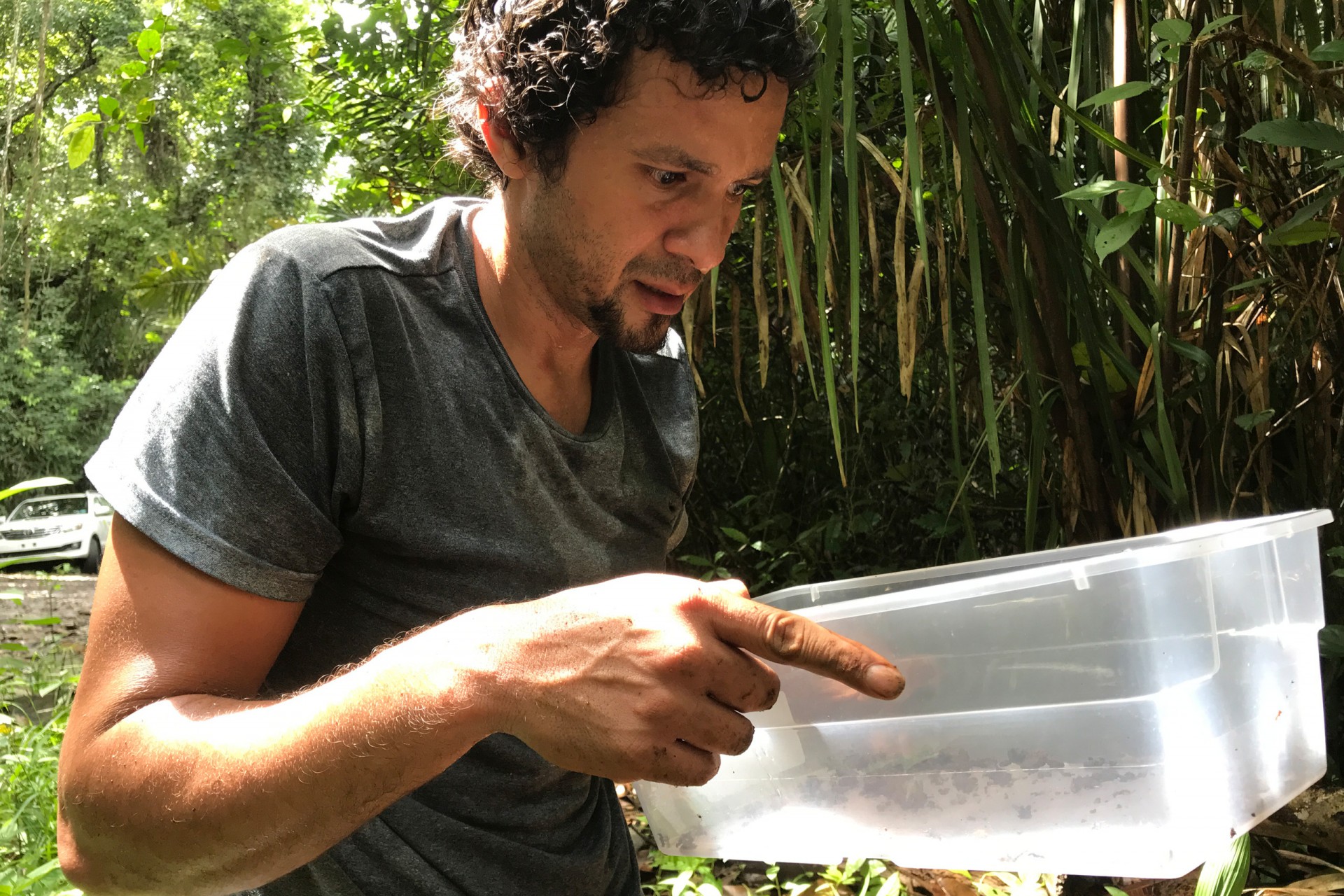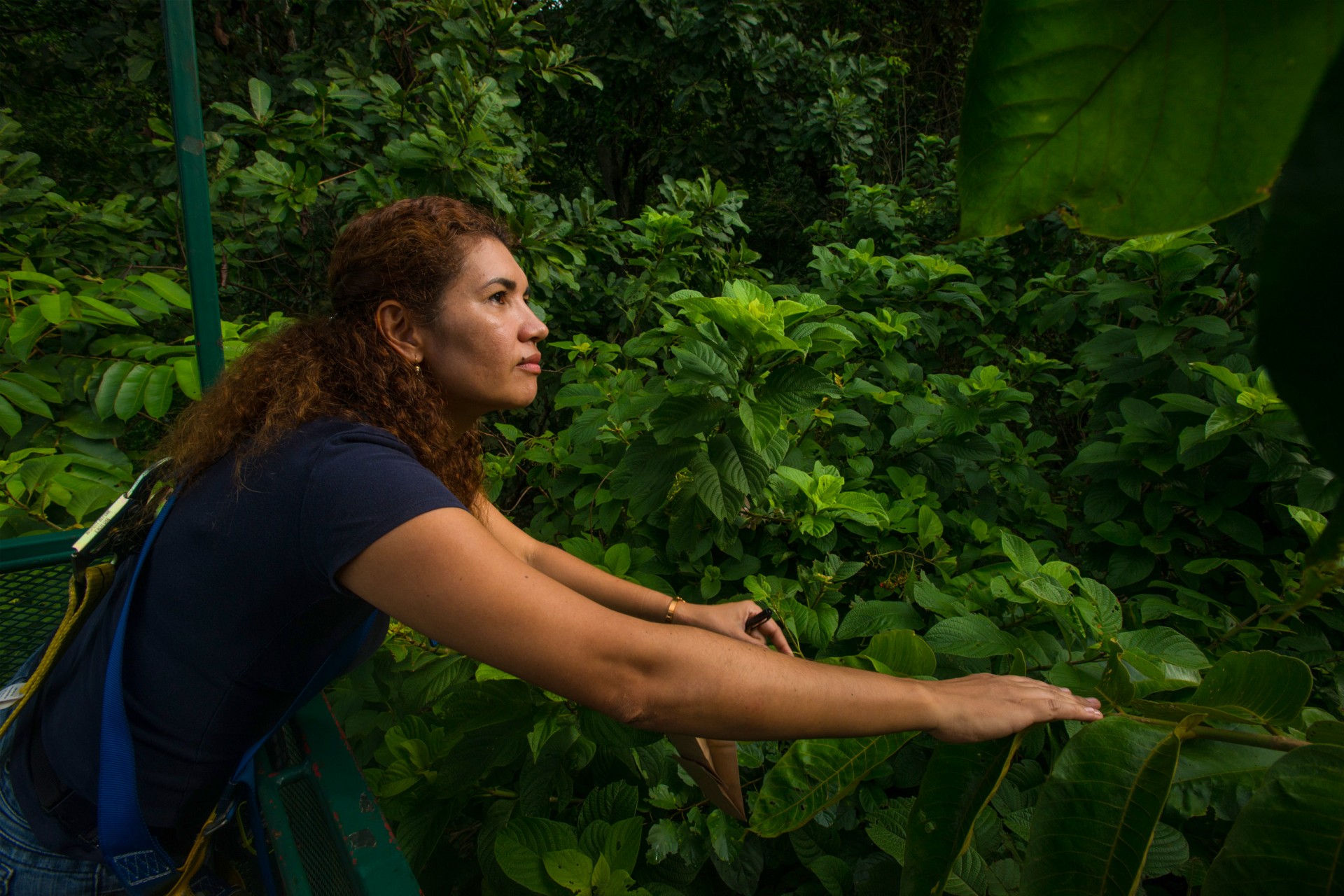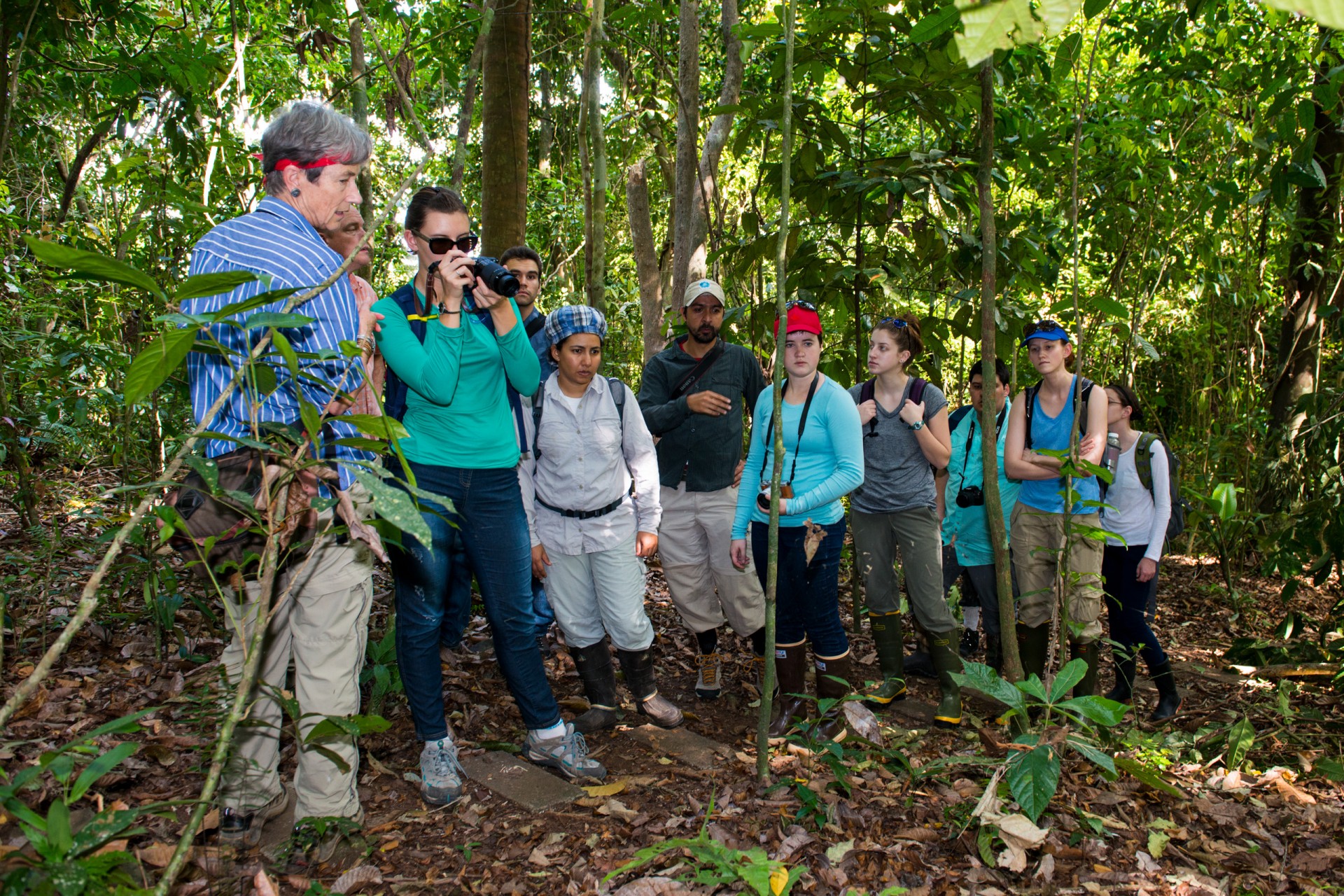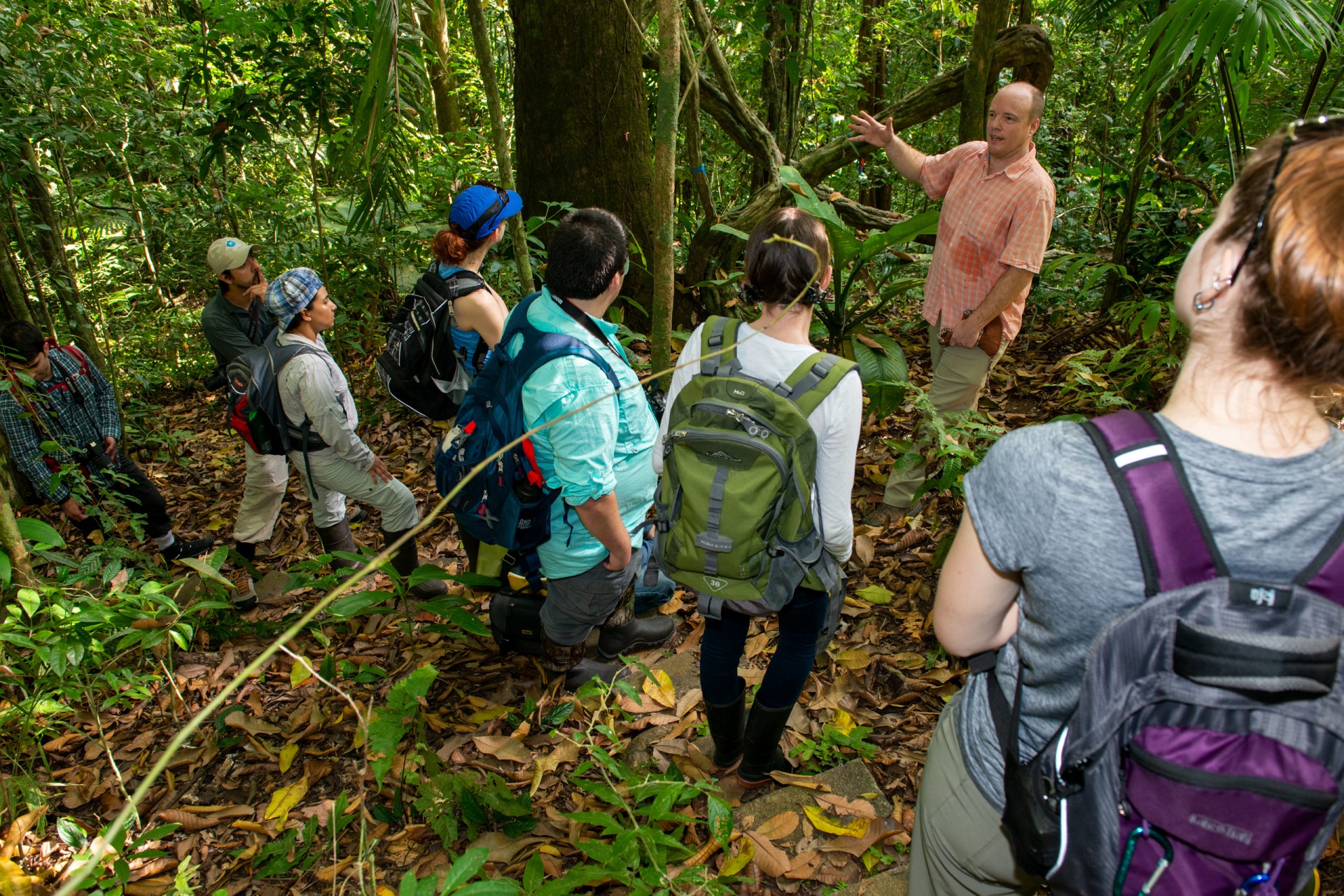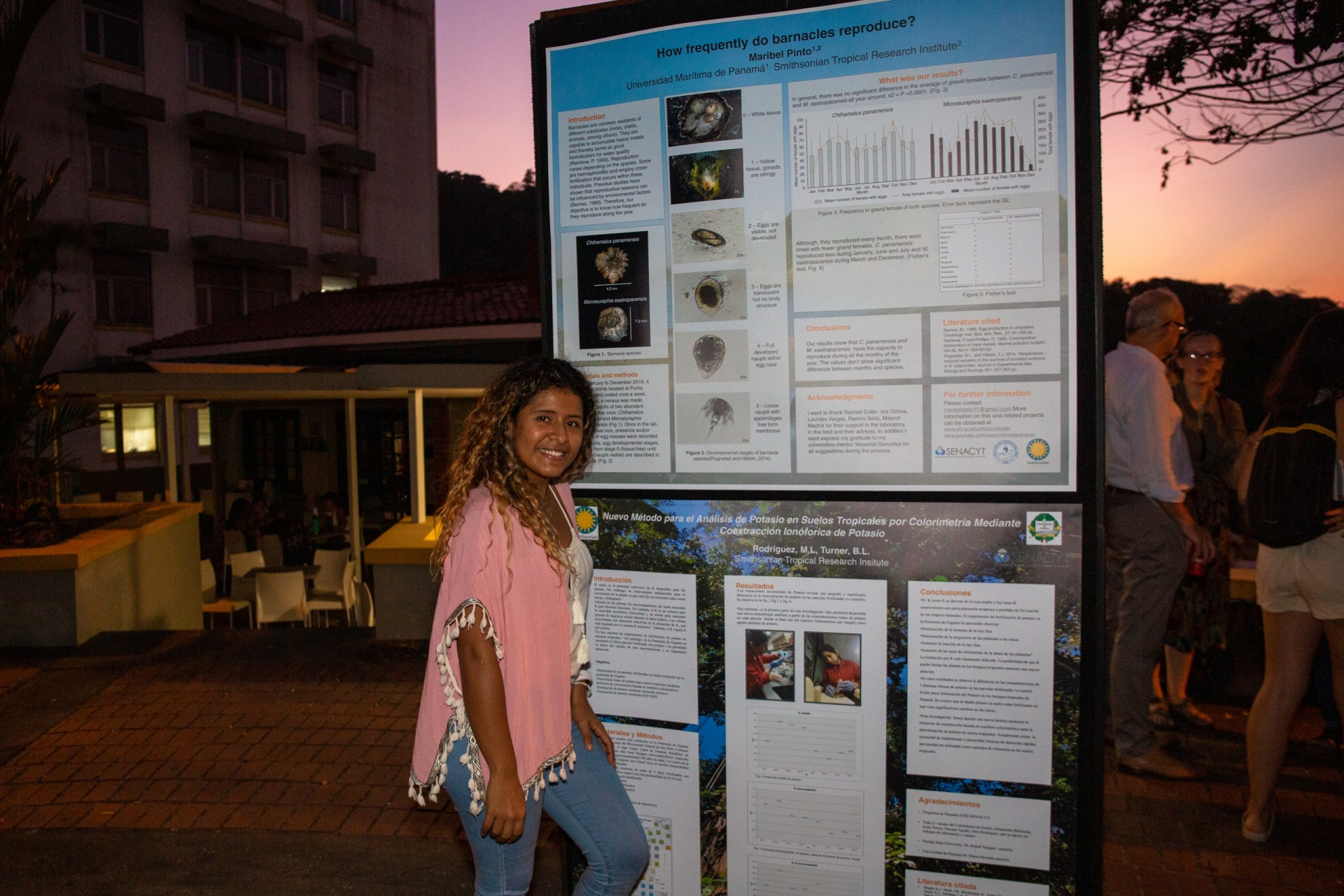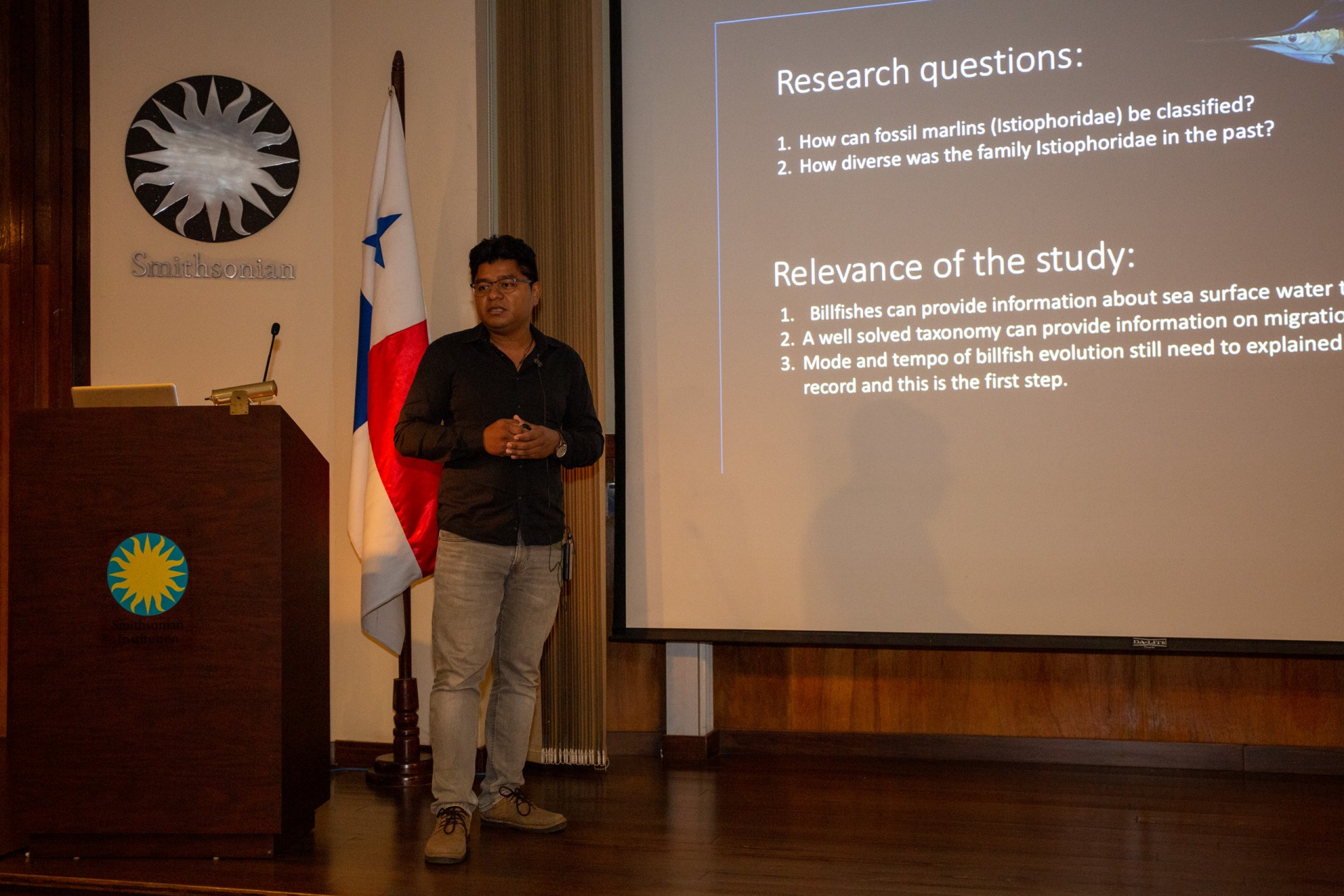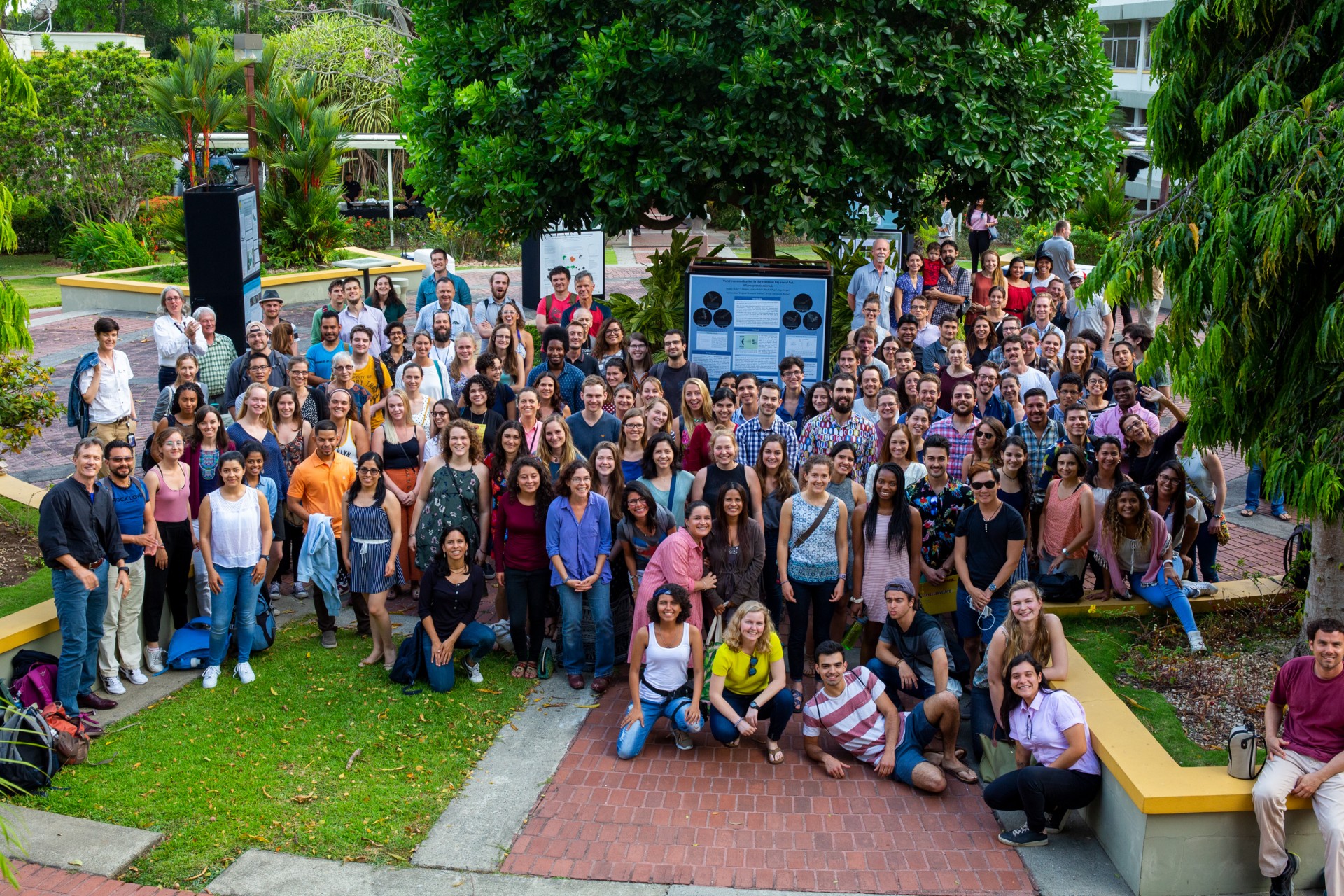Transformative
experience
Opportunities for Panamanian
students at the Smithsonian
Panama
Text by Leila Nilipour
From field courses, to internships with scientists from the Institute, the diversity of academic programs for local students interested in science is extensive.
When Hermógenes Fernández received his first opportunities at the Smithsonian Tropical Research Institute (STRI) in Panama, he imagined training with high-level scientists, exchanging with students from other parts of the world and expanding his research perspectives. What he did not anticipate was that he would also refine valuable human qualities, such as altruism and integrity.
He would transfer all these skills to his position as a permanent researcher at the Institute of Scientific Research and High Technology Services (INDICASAT-AIP), where he studies ants and bees.
“STRI scientists are incredibly altruistic with their time when it comes to teaching. They help you to become a more complete, competitive and altruistic professional. At the end of your scholarship you have gained skills to continue doing science that contributes to society,” explains Fernández, who started as an intern at STRI’s Barro Colorado Island research station and received multiple STRI scholarships as a student and young scientist.
Many STRI researchers want to work with Panamanian students and train the future cohort of local scientists. The opportunities to do so begin at the bachelor's level, with internships, short-term fellowships or field courses, and longer fellowships for those who have completed their doctoral studies and wish to carry out research projects.
English-language level should not be an impediment. Students are welcome to apply with a proposal in Spanish, since the institute's scientists also speak the language. Adriana Bilgray, who has been involved with STRI's academic programs for more than 25 years, also highlights the importance of prior communication between the student and the scientist.
“That communication between the scientist and the candidate, prior to applying, is essential. The more communication the better,” explains Bilgray, stressing that 42 Panamanian students obtained scholarships or internships at STRI in 2019.
This year, there is an additional opportunity for Panamanians studying at public and private local universities. It is a scholarship in conjunction with the National Secretariat for Science, Technology and Innovation (SENACYT), which allows them to work on projects alongside STRI scientists for three to five months.
Some choose to start with a field course before applying for a scholarship or internship. Among the most popular is the Introduction to Field Biological Sciences Course (better known as the “Gigante” course), which has introduced Panamanian undergraduate students to field biology since the late 1980s. In recent years, it has started including students from other Central American countries.
There are a variety of additional courses organized by foreign universities, in which a Panamanian student is usually involved.
For most students, STRI educational opportunities have been transformative experiences. And not necessarily due to the financial support, but for the learning opportunities and connections they make with world-renowned scientists and other young people like them. Many are motivated to continue studying at the master's or doctoral level, or decide to apply to other scholarship programs. For Panamanian scientist Oris Rodríguez, it was like that.
“The educational opportunities at STRI defined my career trajectory from the final years of my degree up until my postdoctoral years,” explains Oris Rodríguez, a visiting professor at the University of Panama and a Fellow at STRI. “Having started as a botanist graduated from the University of Panama and having finished as the first Panamanian to carry out research on fossil plants, summarizes the impact of these opportunities.”
Today, she is carrying out a project that explores fossil woods in the Azuero Peninsula, paleontological evidence of the dominance of rainforests throughout the region more than 20 million years ago.
To learn more about the opportunities at the Smithsonian in Panama, the requirements and dates, click here and for information about the field courses, click here.

